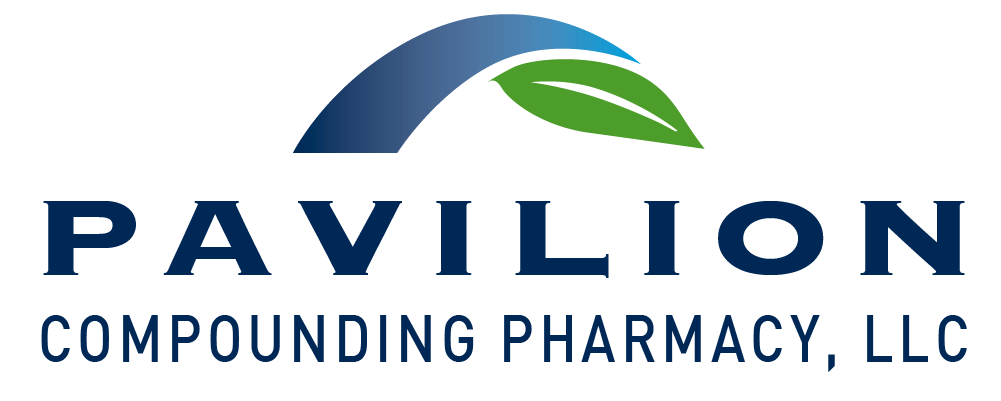Rosacea is characterized by facial redness, small and superficial dilated blood vessels on facial skin, papules, pustules, and swelling. It typically begins as redness on the central face across the cheeks, nose or forehead, but can also less commonly affect the neck, chest, ears, and scalp. Rosacea treatment can come in various forms including compounding.
Subtypes of Rosacea
• Erythematotelangectatic rosacea: flushing, persistent redness, possible visible blood vessels
• Papulopustular rosacea: persistent redness with bumps and pimples that come and go
• Phymatous rosacea: skin thickening, enlargement of the nose from excess tissue
• Ocular rosacea
Formula Examples of Compounded Rosacea Treatment
Below are some commonly requested formulas for patients needing rosacea treatment, all of which use PCCA Clarifying™ Base. Clarifying base is ideal in these situations because not only does it contain an ingredient that has been shown to reduce oil formation,3 it is moisturizing, and has natural ingredients that may improve the appearance of red, blotchy skin. Contact Pavilion Compounding Pharmacy’s pharmacists today for more information!
• Niacinamide 4%/Metronidazole 1% Topical Cream (Clarifying)
• Ivermectin 1%/Niacinamide 5%/Potassium Azelaoyl Diglycinate 15% Topical Cream (Clarifying)
• Metronidazole 0.75%/Ivermectin 1% Topical Cream (Clarifying)
• Ivermectin 1%/Niacinamide 4% Topical Cream (Clarifying)
• Niacinamide 5%/Biotin 0.1%/Potassium Azelaoyl Diglycinate 6% Topical Cream (Clarifying)
• Potassium Azelaoyl Diglycinate 15%/Niacinamide 5% Topical Cream (Clarifying)
Give Pavilion Compounding Pharmacy a call or e-mail to discuss your unique medication needs and let us customize a dermatology formula for you or a loved one. Pavilion’s Pharmacists will work with your doctor to meet your individual needs!
REFERENCES
1. Drake, L. (Ed.). (2010). Rosacea now estimated to affect at least 16 million Americans. Rosacea Review. Retrieved from https://www.rosacea.org/rr/2010/winter/article_1.php
2. National Rosacea Society. (n.d.). Managing psychosocial aspects of rosacea. Retrieved from https://www.rosacea.org/patients/materials/coping/ managing.php
3. Sharquie, K. E., Al-Hamamy, H. R., Noaimi, A. A., & Tahir, A. F. (2012). Treatment of acne vulgaris with 5-Alpha Avocuta cream 2% in comparison with tretinoin cream 0.025% (single blind comparative study). Journal of Cosmetics, Dermatological Sciences and Applications, 2(3), 179-183. http://dx.doi.org/10.4236/jcdsa.2012.23034
4. December 2016 Apothagram Compounding Options for Patients with Rosacea PCCA Nat Jones, RPh



